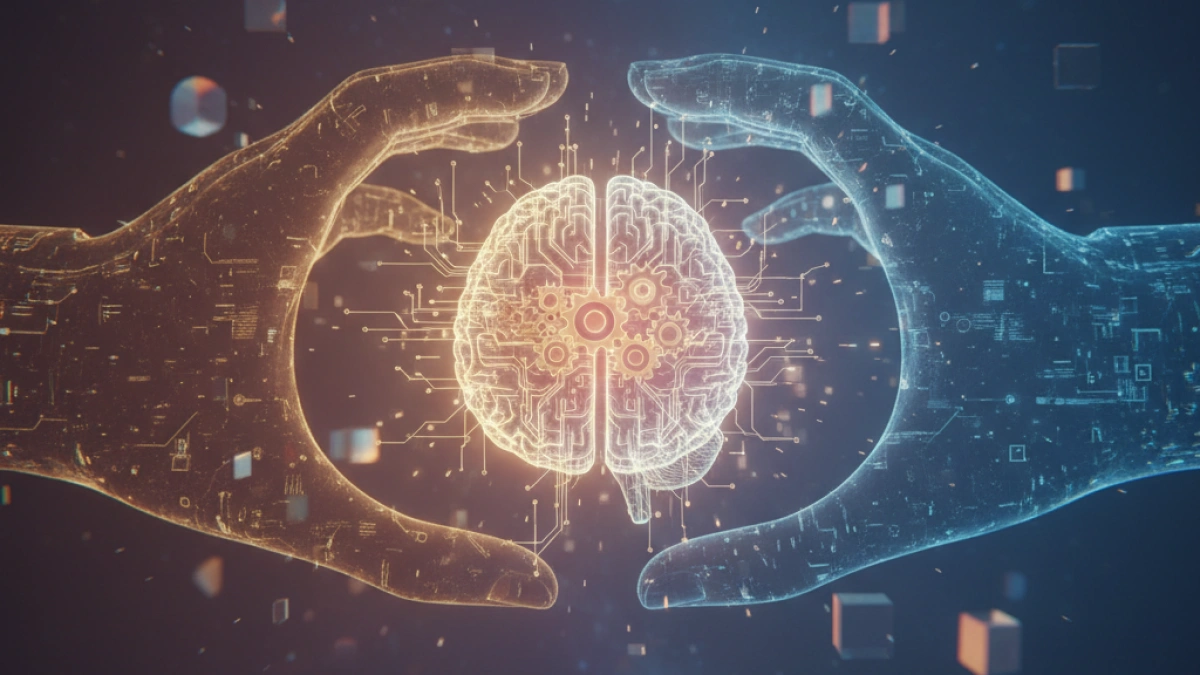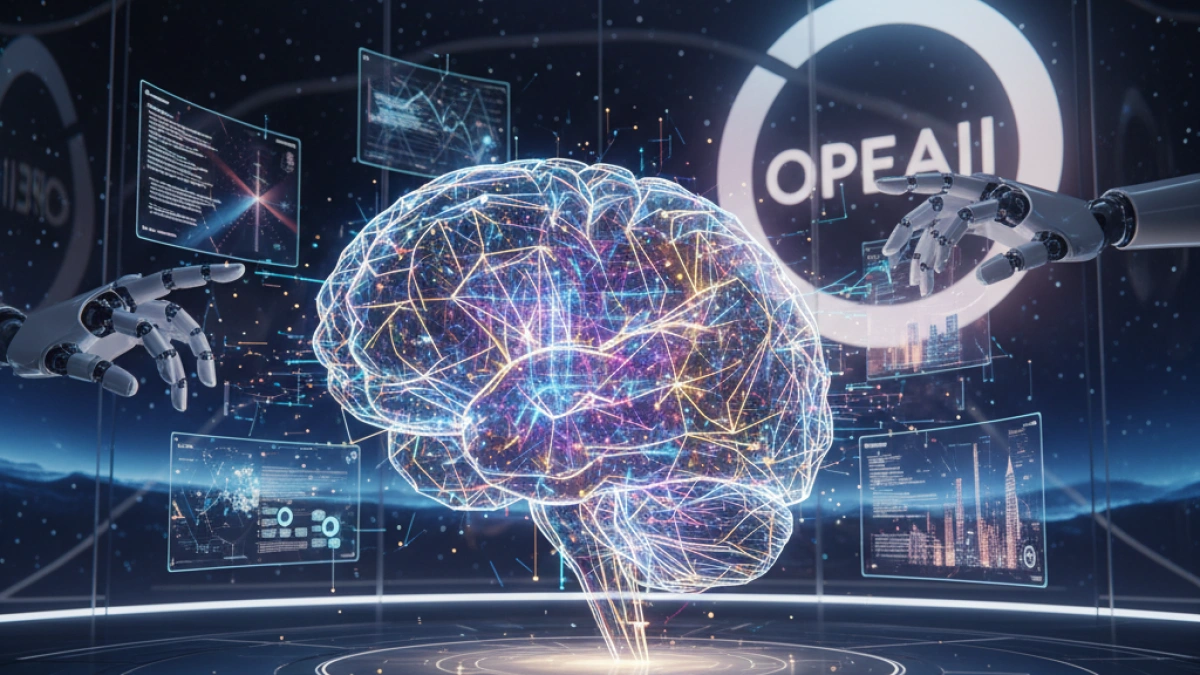What are Convolutional Neural Networks (CNNs)?


Convolutional Neural Networks, commonly known as CNNs, are a type of deep neural network specifically designed to process data with a grid-like topology, such as images. This article delves deeply into what CNNs are, how they work, their applications, and their advantages.
How do Convolutional Neural Networks work?
CNNs rely on a set of fundamental components that work together to recognize patterns and features in the data. These components include:
1. Convolutional Layers
Convolutional layers are the heart of CNNs. Instead of connecting every neuron in one layer to all the neurons in the next (as in traditional neural networks), convolutional layers use a limited number of neurons that focus on specific regions of the input.
- Convolution Operation: A mathematical operation that combines two functions to produce a third. In the context of CNNs, a filter or kernel slides over the image to extract features.
- Filters or Kernels: Small matrices applied to the original image to identify features such as edges, textures, and patterns.
2. Activation Functions
Once the features have been extracted through the convolutional layers, activation functions are used to introduce non-linearities into the model.
- ReLU (Rectified Linear Unit): The most common activation function used in CNNs, allowing the networks to learn complex patterns by excluding negative values.
3. Pooling Layers
Pooling layers reduce the dimensionality of the data, which helps decrease computation time and prevents overfitting.
- Max Pooling: Selects the maximum value from a feature map, simplifying the output of the previous layer.
- Average Pooling: Takes the average of the values in a feature map.
4. Fully Connected Layers
After several convolutional and pooling layers, the network typically includes fully connected layers that utilize the extracted features for classification. Each neuron in these layers is connected to all the neurons in the previous layer.
5. Output
Finally, the network produces an output that is generally used to classify the inputs into different categories, such as identifying whether an image is of a cat or a dog.
Read also
Applications of Convolutional Neural Networks
CNNs have revolutionized several industries due to their ability to process and analyze images and other visual data. Some of their most notable applications include:
1. Image Recognition
CNNs are widely used in image recognition systems, allowing for the effective identification and classification of objects in photos and videos.
2. Computer Vision
In computer vision, CNNs are used for tasks such as face detection, image segmentation, and video analysis.
3. Medical Image Processing
CNNs enable the automatic analysis of medical images, such as X-rays and MRIs, to assist in early disease detection.
4. Voice and Audio Recognition
Although more common in image processing, CNNs have also been utilized in recognizing patterns in audio signals.
5. Recommendation Systems
CNNs can analyze images of products and videos to enhance recommendation systems in e-commerce and entertainment platforms.
Advantages of Convolutional Neural Networks
CNNs offer numerous advantages that make them ideal for various applications:
1. Reduced Need for Preprocessing
Unlike other approaches that require extensive preprocessing, CNNs can learn to extract features automatically through the convolutional layers.
2. Robustness to Distortion
CNNs are robust to small distortions and changes in the input data, making them ideal for real-world applications where input conditions may vary.
3. Ability to Learn Complex Features
Thanks to their multiple layers, CNNs can learn complex features from the data, allowing them to perform classification tasks with high accuracy.
4. Adaptability
CNNs can be adjusted and optimized for different types of inputs and tasks, from image classification to video analysis and more.
Challenges and Limitations of CNNs
Despite their numerous advantages, CNNs also face certain challenges:
1. Computational Requirements
Training CNNs can be computationally intensive, requiring specialized hardware such as GPUs.
2. Overfitting
Like any machine learning model, CNNs can overfit to the training data if not managed properly.
3. Dependence on Labeled Data
For effective training, CNNs require large labeled datasets, which can be difficult to obtain in some domains.
Conclusion
Convolutional Neural Networks are a powerful tool in the field of machine learning and artificial intelligence, especially in image and video processing. Their ability to learn features directly from the data, along with their adaptability to different applications, makes them a preferred choice for many tasks related to visual perception. As technology advances, CNNs are expected to continue evolving and finding new applications in emerging fields.
If you are interested in delving deeper into machine learning, studying CNNs is essential and opens the door to multiple opportunities in the realm of artificial intelligence.



















